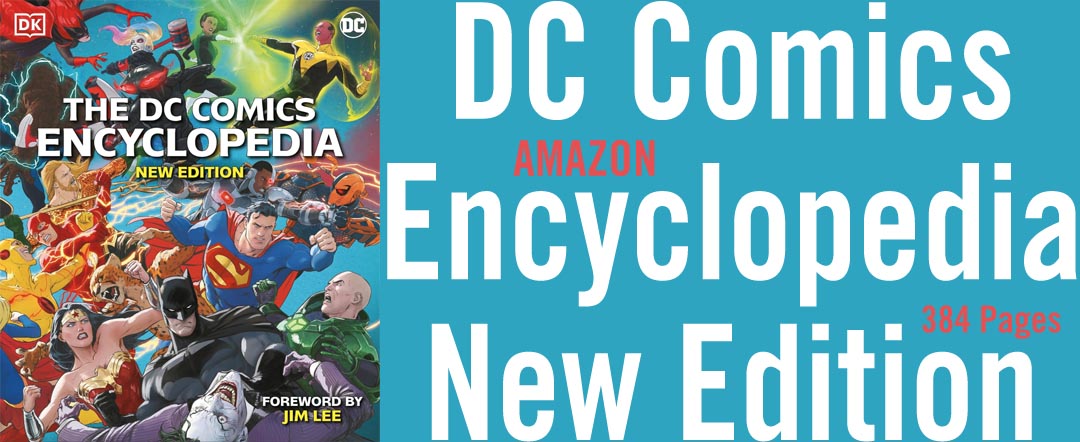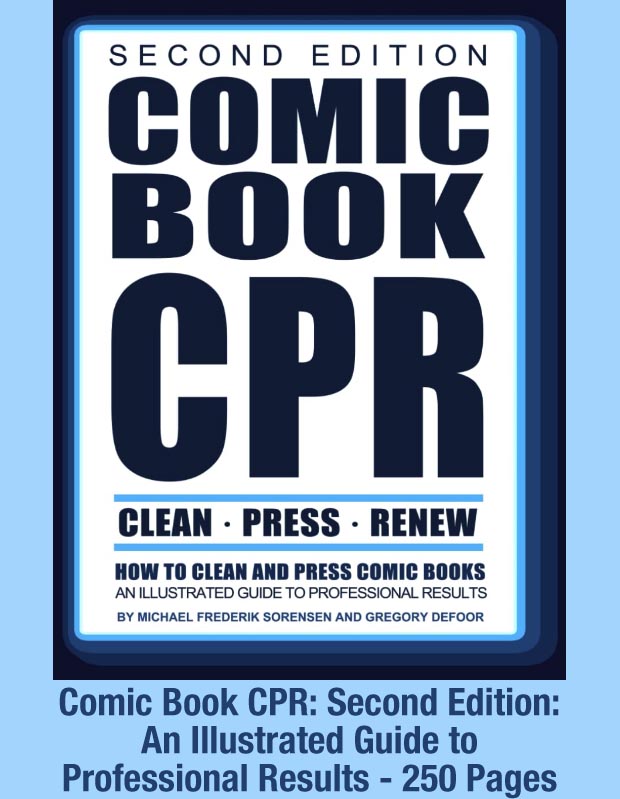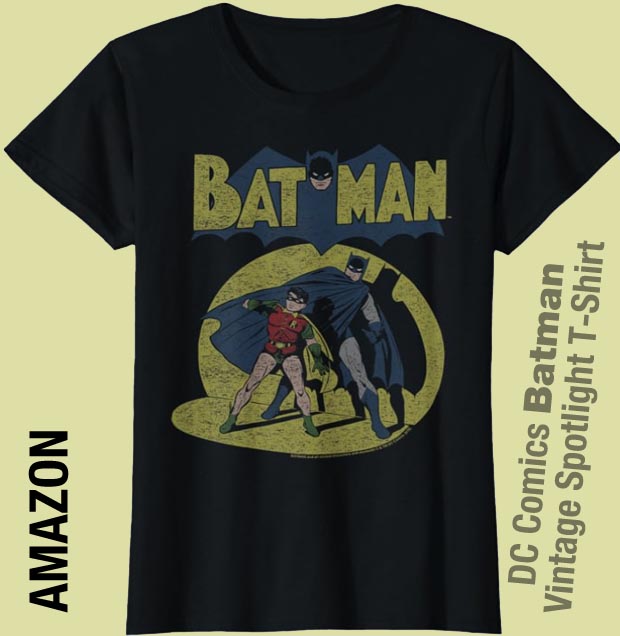Batman 1989, Captain America New World Order and how Hollywood knifed itself in the back
And a pitch for why TV and Movies simply aren't the same creatures
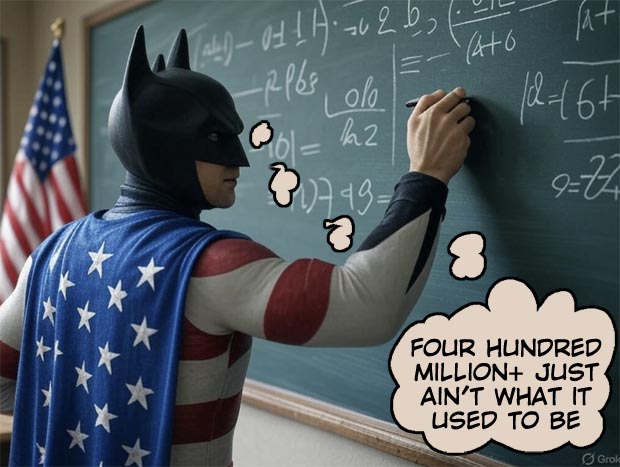
Captain America 4 New World Order has now reached $412,859,210 million, which, without any adjustment for inflation, puts it just a little bit ahead of Batman (1989) which earned $411.3 Million during its run. (For a list of Top Earning Superhero movies see this list).
Though these earnings numbers for the two separate films are close to each other, it demonstrates the difference of value change due to inflation* and also the incredible change in what it costs to make a superhero film.
Tickets
Movie tickets in 1989 cost approximately $3.97, and in 2025 the average ticket cost for a film is now $12.22. If we were to change Captain America 4's earnings to 1989 levels, using a proposed audience size of 34 million tickets sold (calculated by dividing the current 2025 ticket price by the total worldwide earnings, so far, for Cap4), the worldwide take for Cap4 in 1989 would thus be $131 million. For comparison, the 1989 Batman film had roughly 102 million ticket buyers based upon dividing the then average ticket price by Batman's worldwide haul.
Inflation: if we simply calculate for inflation (and not tickets sold), then Cap4's earnings in 1989 are higher, that is, $160.94 million.
Bat-Math and Production costs
This is where the disaster happens for Cap4 as a money-making project.
Batman had a reported production and marketing budget of around $60 million (which is considered very high for that era of filmmaking), so the final worldwide earnings of $411 million means it substantially over-performed against cost. But, remember, half of ticket sales typically stay with the theater, so Warner Bros took in a theoretical $205.5 million with Batman, a nice haul compared to the cost to make it (in fact, only Indiana Jones and the Last Crusade did better in 1989 with a worldwide take of $474 million). This doesn't even begin to calculate the add-on earnings of the 1989 Batman through licensing and especially through VHS tape home video sales ($150 million!)
What if Cap4 was made in 1989?
If these numbers are somewhat reliable, that is, that a Cap4 released in 1989 makes $131 million based on ticket sales, then we next calculate what it would cost to make Cap4 to release in 1989. If we use standard inflation from 1989 to 2025 (156.19%), that means Cap4 would have cost $109.38 million to make in 1989. If the $60 million 1989 Batman is our "control" for what a high-costing superhero movie costs to make, then modulating Cap4's production cost from 2025 ($280 million) to 1989's $109.398 million means it cost Disney 58% more to make Cap4 than it took for Warn Bros to make Batman.
Why is there this gigantic film production cost difference from 1989 to 2025?
The standard explanations are four things drive up cost in the 21st century compared to the 20th: CGI is expensive (and superhero films now require significant amounts of CGI); actor salaries are higher now than in 1989; film production schedules are now nearly twice as long as what they were in 1989; "franchise planning" now takes up time and money when a superhero film is made, versus the "one-off" thinking of 1989.
In the end, time machining Cap4 back into 1989 requires a bit of guess work but these calculations roughly tell a story in which making a Hollywood film has become incredibly expensive.
How Hollywood put a knife into its own back
Now comes the knife-in-the-back for films in general in the 21st century: home video sales are mostly over.
At one time (as has been explored at cinemagraphe) this was a significant after-the-fact money source, and even if a film failed at the theater, if positive word of mouth caught up with it once it went into home video release, some very good money could be made (for example The Shawshank Redemption, The Iron Giant, Edge of Tomorrow aka Live, Die, Repeat all bounced back in a big way in home video sales after flopping or doing poorly in theater runs).
By building up streaming (especially since the pandemic), Hollywood, meaning to prevent their industry being "Napstered" like what happened to the music industry (now roughly 40% of the size it was in 1999), still got "Napstered" all the same and by their own hand.
Replacing manufactured disks with relatively "costless" sending of bytes over the internet has produced three hugely negative results:
- Piracy explodes on a film once it hits VOD streaming.
- Streaming a film with a thumbnail on a TV screen mixed in with a lot of other thumbnails on a carousel of offerings simply doesn't stand out like a well designed DVD case sitting on a retail stand (this dynamic was just like that of a comic book with a great cover, it makes sales happen no matter what is inside).
- Plenty of people now know that if they miss a film in the theatre, it will show up as a streaming offering soon, and then when they see the VOD price, they react: I'll just wait until its free as part of my subscription. In contrast with DVD / Blu Ray era, if a person wanting to buy a superhero film sees a retail rack empty (sold out) even one time, they remember it the next time they want a copy of a new film. This sense of "scarcity" helps to drive purchases. Scarcity and streaming don't go together since a streaming product is infinitely duplicated throughout the system according to demand. In its own way, availability drives apathy, as the mountains of used DVDs for sale on ebay attest. Why own physical copies that clutter your home when it is right there online?
The tension between theaters and movie-makers
Hollywood movie-making spent decades trying to figure out a delivery system for their "product" that bypasses theaters which got to keep half of ticket sales, and for awhile this dream was crystallizing by the advent of streaming.
But this was really just a repeat of an earlier episode in the tension between theaters and movie-makers: when VHS and BetaMax started to become popular, the idea that a film could be made, put on tape and then sold straight to the consumer (or to video rental stores which paid astronomical prices for copies at the beginning of the home video revolution), there were experiments made with releasing films to tape quickly or even simultaneously with theatre releases. What the studios learned is that it hurt ticket sales and, on average, the earnings on video tape could not bring in what was needed to justify the cost of a quality standard Hollywood production (shlock level z-budget films was a different matter).
Love and Hate and Streaming
Hollywood both loves and hates the theater system, and streaming looked like a way for a production studio (say, Disney) to finally make the old VHS dream a reality: make content and deliver it directly to the customer, who pays a monthly fee for even more content in the comfort of their own home. No intrusion from a theater — and its 50% revenue share — to disrupt the direct link between producer and consumer.
Streaming seemed like a way to maintain a “captured” audience at all times while generating content — and, importantly, making a lot of money doing it. It created a loop that funneled income directly into the production company for mass content, rather than relying on the nerve-wracking, pull-a-rabbit-from-a-hat gamble of producing a blockbuster.
Streaming even seemed to hold the potential to break Hollywood’s dependence on top-tier talent who negotiated lucrative one-off movie deals. Maybe it could pressure those famous actors into becoming salaried employees, churning out whatever series or TV movie the studio needed to fill its schedule. It might even put an end to situations like Scarlett Johansson’s lawsuit against Disney, where she accused the company of pulling Black Widow from theaters early to boost Disney+ subscriptions — a move that cost her backend earnings, while Disney executives stood to earn bonuses.
In effect, streaming was going to be alchemy.
The unchanging Movie paradigm
In the end, streaming has proven to be a chimera. Human behavior suggests that it is enjoyable and desirable to gather to watch a big, exciting film. This is no different than gathering for sports, live theater, car races, or any number of events that exist on a scale far larger than the audience assembled to witness them.**
And this is where Hollywood’s product glistens compared to television. TV is a different medium — no matter the scale or scope it brings to storytelling, it can’t match the physically dominating impact of a massive screen paired with a powerful, articulated sound system. Add to that the dynamic of being in a crowd, an emotionally persuasive experience (as has been explored endlessly by writers, just look up "mob violence" or "the ideation of crowds" as a search term) all experiencing the same event together, and the difference between theater and home becomes even more pronounced. A 96-inch TV is still puny by comparison, and even if a Ray Bradbury-style wall screen arrives tomorrow, it will still be dwarfed by the towering size of a true movie palace presentation.
Not just size
The differences between TV and film are distinct: TV shows fill their stories with miniature details, pace themselves differently, and use plot devices to stretch and segment the narrative over time. Through repetition they also draw viewers into a symbiotic “family” experience, where familiarity builds over episodes to maximize emotional attachment and foster a long-term relationship with the program.
A “real” movie doesn’t have that luxury, because its runtime compresses everything that needs to be accomplished to tell an impactful story. Like a magic show, each plot turn and every character action or reaction must contribute meaningfully to the overall story. Every minute is supposed to count — building toward an ending that is either unexpected or, if expected, always satisfying. The screenwriter, aiming to make the audience love one character and hate another, has to make that emotional payoff land convincingly in a relatively short period of time. In this way TV is more like gaming, and gaming is like TV: the audience has time to pick favorites who will "win" during the course of an extended series of episodes. In this way, TV (nor gaming) is like a movie.
Genre Films push the barrier between traditional movies and TV
In genre films like franchise superhero movies, there’s supposed to be a hybrid compromise between the generous runtime of television and the compact, focused action of a stand-alone film. But that balance no longer is being pulled off. Instead, the TV-style pacing — stretching out minor events as if they’re crucial — has taken over these films that have planned sequels ahead, often making them feel humdrum (or even confusing since the loose threads do not contribute to a complete movie experience). Judging by the box office, these kinds of films are no longer worth leaving the comfort of the family bunker to experience in a theater. The people who are interested will wait until it is on TV to view it, and perhaps that is the most significant indication of how movie and TV storytelling part ways.
A blockbuster summer
And yet, every summer, there are still a few billion-dollar movies that manage to excite audiences to come out to the theaters — but in recent years, they’re no longer superhero films.
When Batman played in 1989, it had huge audiences and the crowds enjoyed the film together, went out and bought a million Batman logo t-shirts, and in plenty of cases, got back in line to see the film all over again. Why? Because enough of it was new and innovative that it could stand a second and third inspection, and the story, though very "comic book," was suited perfectly for a theater screen. Captain America Brave New World hasn't had anything like that result nor does it contain those sorts of elements, instead it is just another stepping stone toward some other Disney product that is yet to be released in the future. But Cap4 had the potential to be a phenomenon like the 1989 Batman, as does any superhero film.
And this is the same opportunity coming for the summer 2025 superhero movies. Whatever it was that Batman had in 1989, whether quality, timing, an innovative approach to an old subject, etc., that approach of ingenuity is still available for a Hollywood production that compels people to leave their routine (and TV's and mobile phones) and seek out a movie theater.
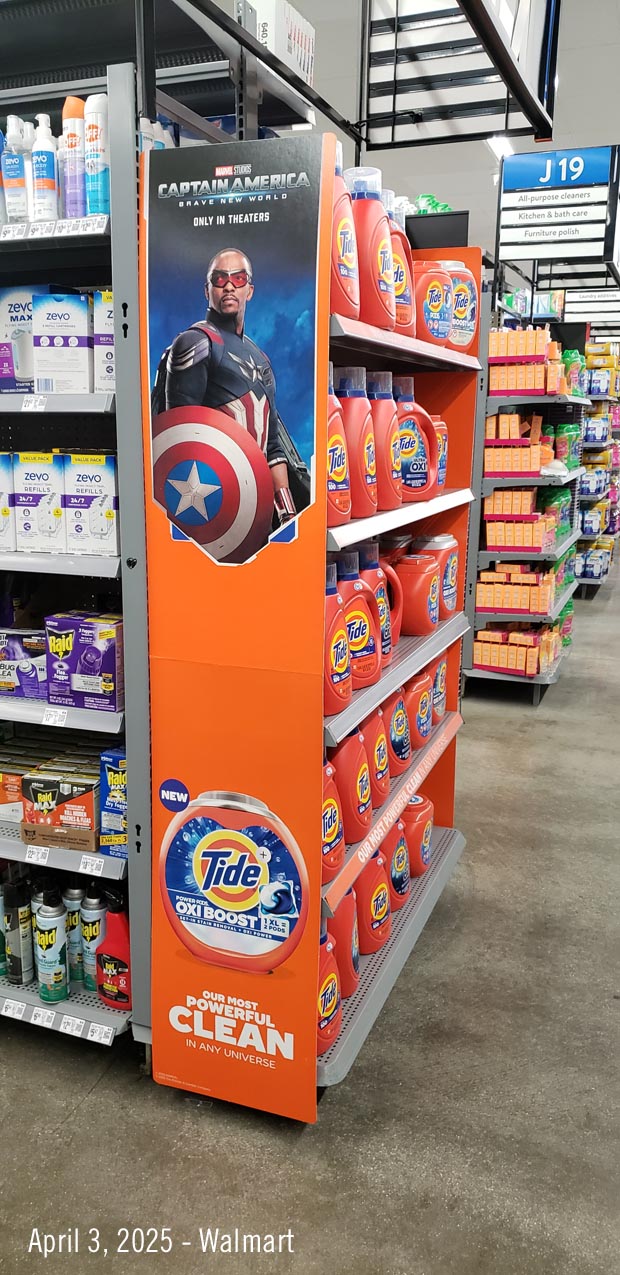
Captain America between the Raid and the Tide dish detergent, April 3, 2025.
*A calculator and ChatGPT was used to figure out some of the numbers in this article.
**A life-threatening pandemic can flip the board and change the rules on the divided roles of streaming TV versus movie theater experience, but that is (hopefully) a once in a lifetime (or century!) happening.
Related: The Billion Dollar Club of Superhero Movies
Original Page April 10, 2025 | Updated with some more varbage April 17, 2025
